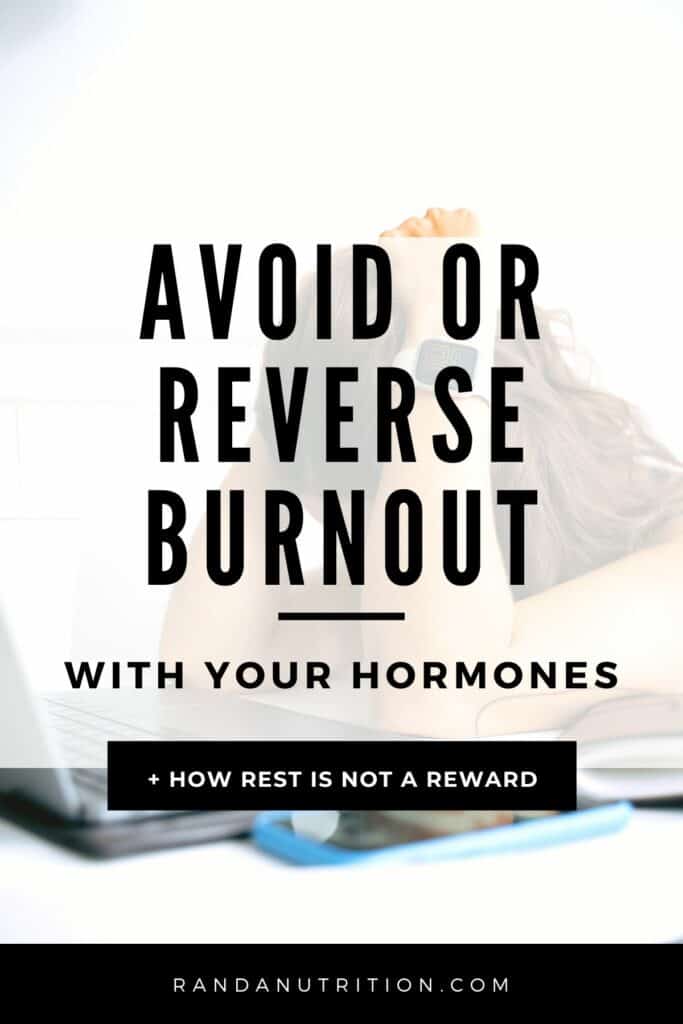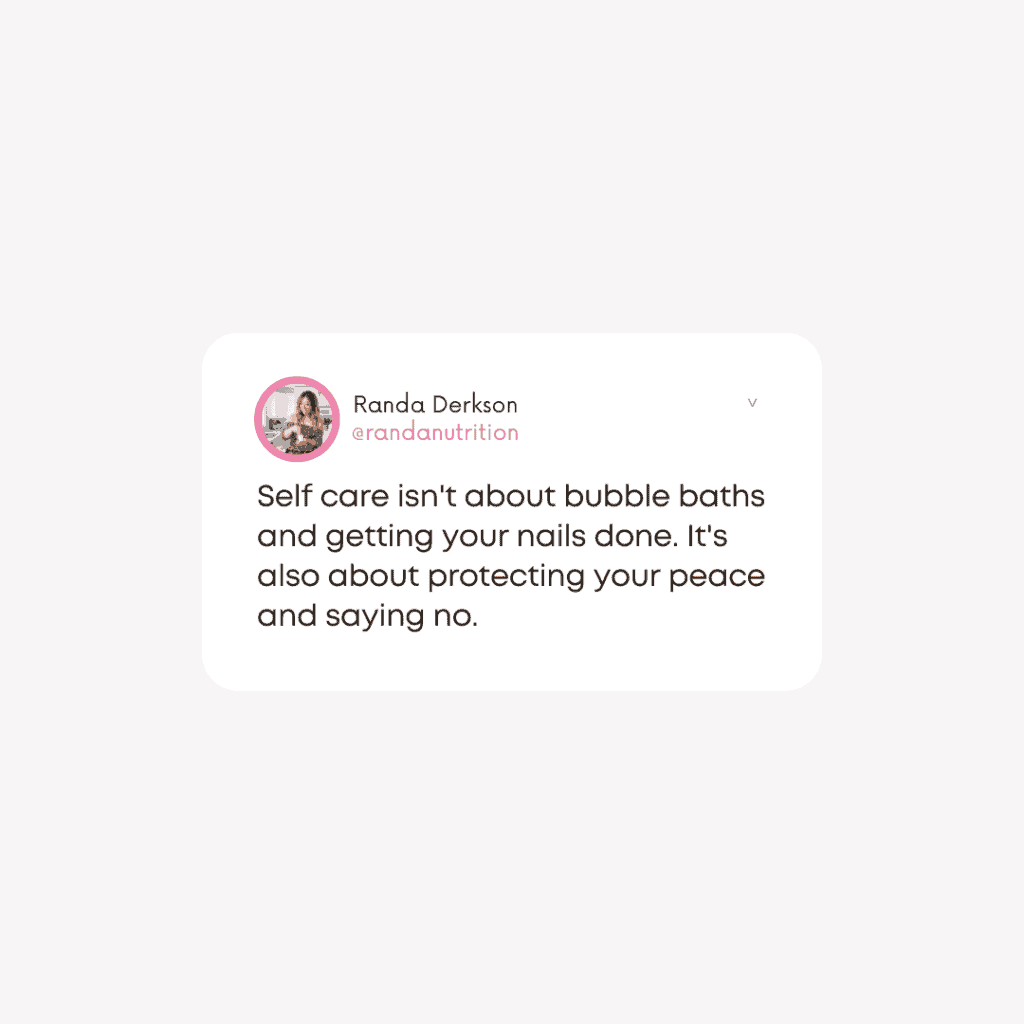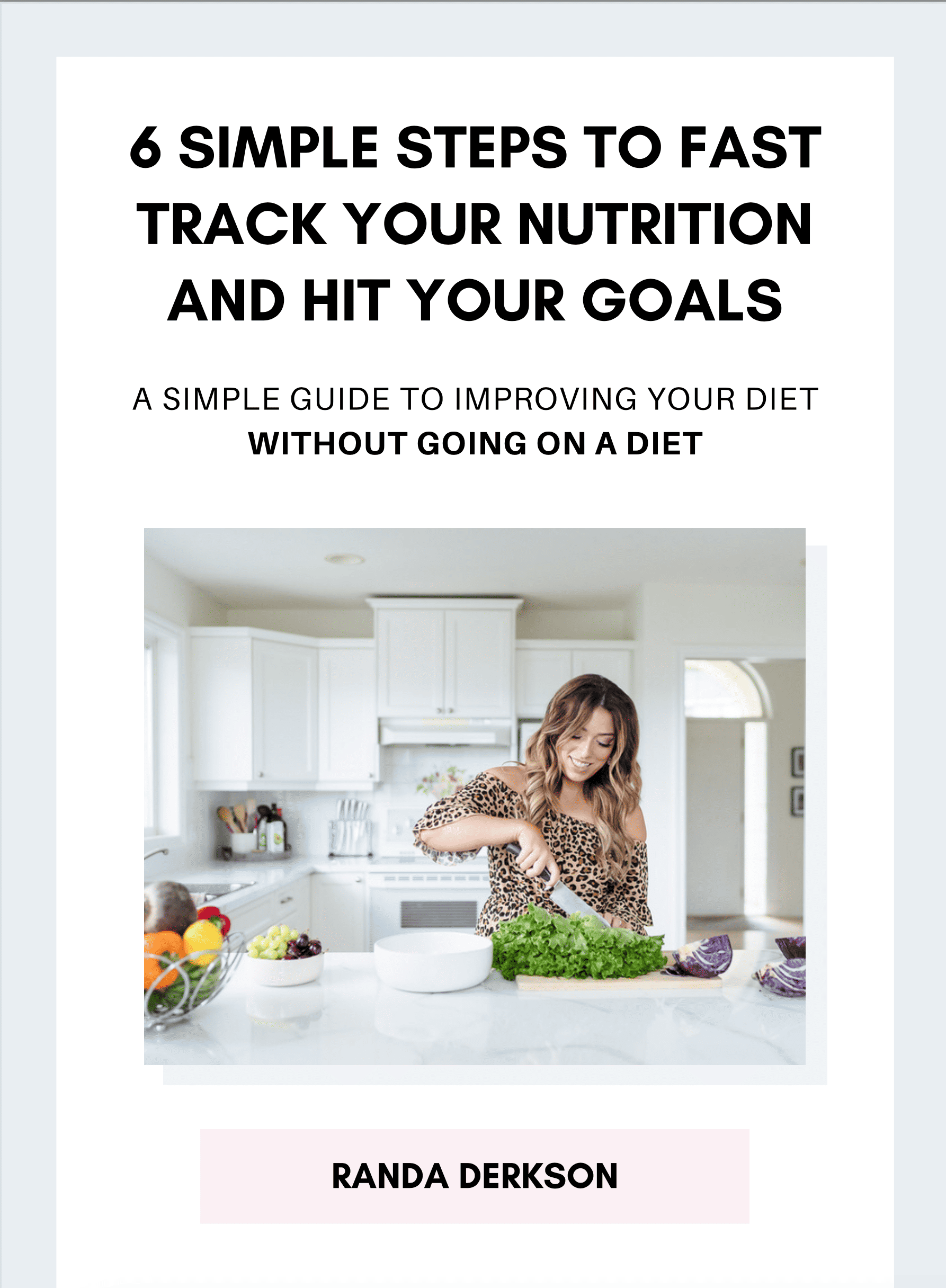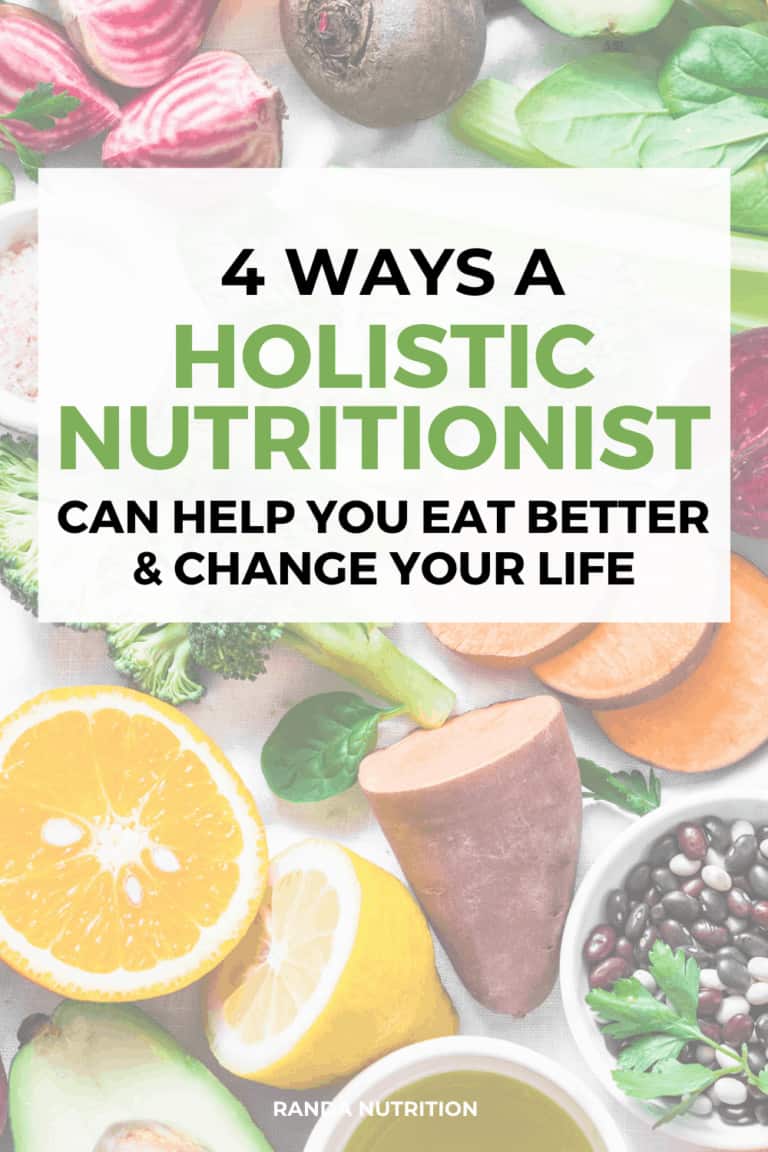How Your Hormones Help Avoid or Reverse Burnout
Whether you’re a working parent, full-time mom, or part-time caregiver, you’ve probably experienced burnout. Unfortunately, it is easy to get caught up in trying to “do it all” in today’s demanding, modern world.
It can feel like we have to choose our health over our occupation (remember, rest is not a reward). But what if there was a way your health could feed into your occupation, and your occupation could feed back into your health?
Believe it or not, our hormones play a huge role in our capacity to work well in a productive, purposeful, and sustainable way (or burnout). So let’s talk about how they can help avoid or reverse burnout.


Save This Recipe!
Enter your email below & I’ll send it straight to your inbox. Plus you’ll get great new recipes every week!
Listen to this podcast episode on The Realistic Nutrition Podcast when we interviewed Dr. Ashley Margeson, N.D, a naturopathic doctor based out of Halifax, Nova Scotia, Canada, about how hormones affect burnout. Please subscribe to the podcast and leave me a review. This helps me grow and get more awesome guests like Dr. Margeson on.
Want more self-care tips? Check out the podcast section of the blog.
How Are Hormones Related to Burnout?
Hormones like adrenaline can hugely affect things like our mood, productivity, energy, motivation, sleep — and burnout.
So, it is important to understand your hormones and how they affect your ability to be productive and happy on a long-term basis.
What Can Burnout Feel Like?
Consider this situation:
You have a big, seemingly never-ending To Do List.
You constantly tell yourself that once you’ve completed everything on your To Do List, then you’ll rest (sound familiar?)
But when you finally complete your list or get a moment of rest, you get anxious about not having anything to do. You feel like your nervous system is on fire — you can’t relax, your digestion and sleep are poor, and your muscles are constantly tense.
These are all symptoms of burnout.
Burnout can also feel like:
- Trouble waking up in the morning and hitting snooze repeatedly
- Trading your morning shower or cup of coffee at home for 15 more minutes of sleep
- Only getting a few good hours of work in the morning before you crash for the day
- The inability to focus on a task and complete it
- Jumping around between different tasks, like “ADHD brain”
- Inability to sit down and eat a real meal
- Falling asleep on the couch after dinner
- Getting a second wind at night and not being able to fall asleep until the morning hours
What Is Burnout?
Burnout is a true medical diagnosis that can be identified by a doctor. For a diagnosis, three symptoms must all be present:
- Apathy towards what you’re doing
- A decrease in productivity
- Signs and symptoms of depression
These symptoms can express themselves differently in different people, but they are the basis for burnout.
While many people associate burnout with the workplace, burnout can be caused by any occupation.
You don’t have to work a typical 9–5 job in an office to have occupational burnout. Parenting is an occupation, too!

What Are the Stages of Burnout?
There are multiple stages of burnout. Understanding these stages and where you fall within them can help you manage your life.
Stage 1 Burnout
Most people don’t realize they’re hitting Stage 1 burnout because it can feel really good.
Stage 1 typically starts when you begin a new project — you dive into it with full energy, you feel invigorated, you’re making good progress, and you’re running on adrenaline.
But then that energy dies.
Typically, people can only run on this adrenaline high for 13 weeks.
Stage 2 and 3 Burnout
After the 13 weeks, you move into stages 2 and 3 of burnout.
These stages can bring on thyroid symptoms, weight gain, endurance loss, and high risk of injury. These symptoms could affect things like your workouts and mental health. Things can really snowball in these stages.
Stage 4 Burnout
Once things start to snowball, you can fall deep into Stage 4 burnout, and it can be hard to pull yourself out of it alone.
Stage 4 burnout typically involves many symptoms of anxiety and depression, and sometimes even PTSD. It becomes a deeper, systemic problem.
How to Get Out of Burnout (Reverse Burnout or Prevent Burnout All Together)
The steps you need to get out of burnout depend on what stage you are in.
One way to help manage the burnout cycle in Stage 1 is to plan for downtime in our schedule.
For example, professions like teachers and accountants have their busy work periods with planned off time or downtime.
Start planning for downtime after a big launch or project.
Rather than going hard for the full 13 weeks and then crashing, plan to launch your project in week seven so that then you have something left in the tank.
Instead of thinking of your occupation as a big mountain climb with a steep ski descent, think of surfing a nice gentle curve. Six weeks up and six weeks down can be a sustainable cycle.
If you are in Stage 4 burnout, you’ll likely need medical help.
In Stage 4, typical “self-care” practices will not help address the systemic problem.
Going to 7 p.m. yoga is not the solution for a poor workplace environment and the stress of nonstop emails.
Instead, medical care, setting healthy boundaries, and completing basic biological tasks like feeding your body enough food and getting good sleep are the priorities for true self-care.
Focus on Your Cornerstones
The four cornerstones of active support are:
- Boundaries
- Sleep
- Food
- Movement.
If you are solid on all four, it will take a lot of burnout to knock you down.
As a mother, sleep is often the first cornerstone to fall.
When the kids finally sleep, it can be hard to simply relax and go to bed ourselves. But healthy sleep is so important.
Prioritize your bedroom as a safe, soothing place and build rhythms and systems into your day to ensure you can fully relax at the end of the day.
Get Clear on Your Capacity
We only have the capacity to handle so much in one day. Look at where your energy is going out and coming in.
If you are the one doing school pick up and drop off and you’re working all day, then you don’t have the capacity to be the one to also do the dishes and change over the laundry. Your capacity is already spent somewhere else.
Once you understand your capacity and where your energy is going, then it is easier to outsource activities.
Maybe you budget to hire a housekeeper to handle those things for you. Or maybe you focus on getting your kids to be more independent as they age.
They can put away the laundry or do the dishes for you. That counts as outsourcing too! These are some tips to help avoid or reverse burnout.
Mentioned in today’s podcast:
Harness your hormones hormone optimization guide

Grab your Free copy
Fast Track Your Nutrition with Macros
Learn the simple steps to improve your diet without diets and deprivation.




![Homemade Tomato Sauce with Hidden Veggies [Stovetop & InstantPot] 8 Homemade Tomato Sauce with Hidden Veggies [Stovetop & InstantPot]](https://randaderkson.com/wp-content/uploads/2019/11/healthy-tomato-sauce.jpg)

